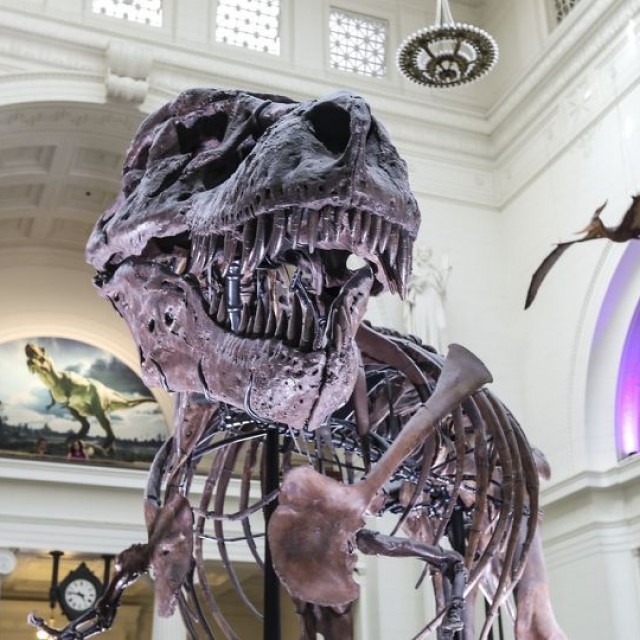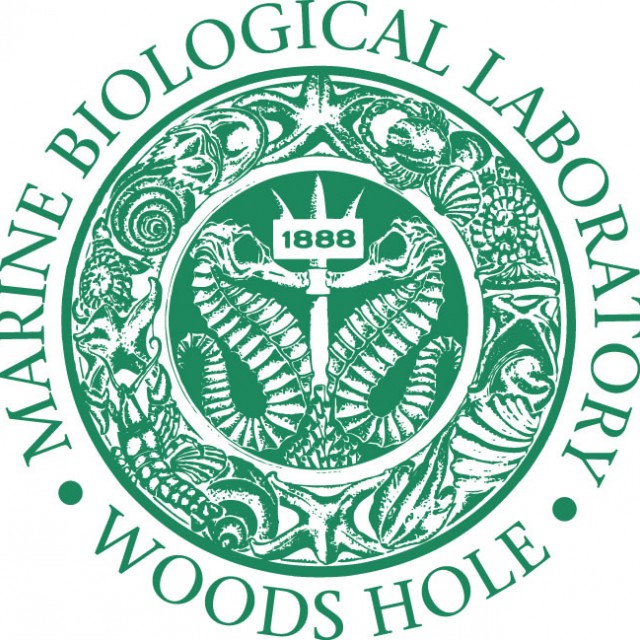
Research
The Department of Organismal Biology & Anatomy is home to faculty and students with wide ranging interests in biological structure, function, development and evolution at the level of the organism.
Integrative by nature, diverse in its methods, organismal biology is the most exciting and powerful lens through which to advance understanding and education about organismal development, behavior and evolution.
Quick Links
Research Spotlight
-

Neuroprosthetics
$3.4 million grant to support development of brain-controlled prosthetic limbs
-
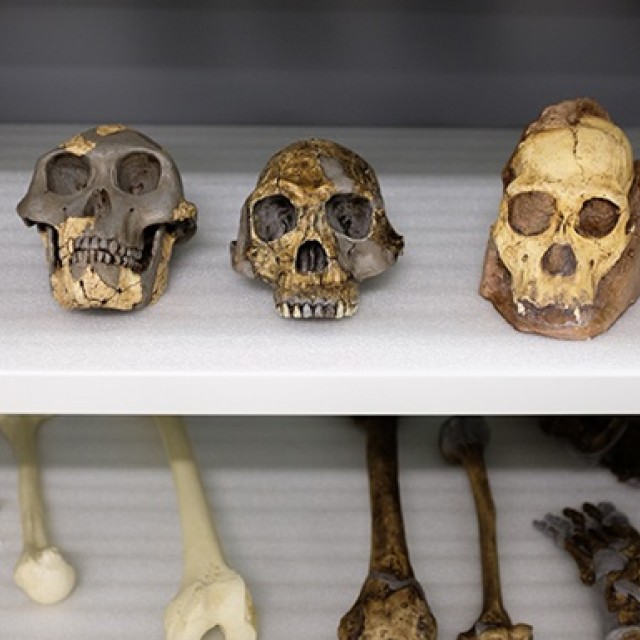
Human Origins
Understanding the emergence of the genus Homo is a pressing problem in the study of human origins...
-

Niger Expedition
In 2018, an expedition to Niger, underwritten by a generous gift from Robert and Ellen Vladem...
-
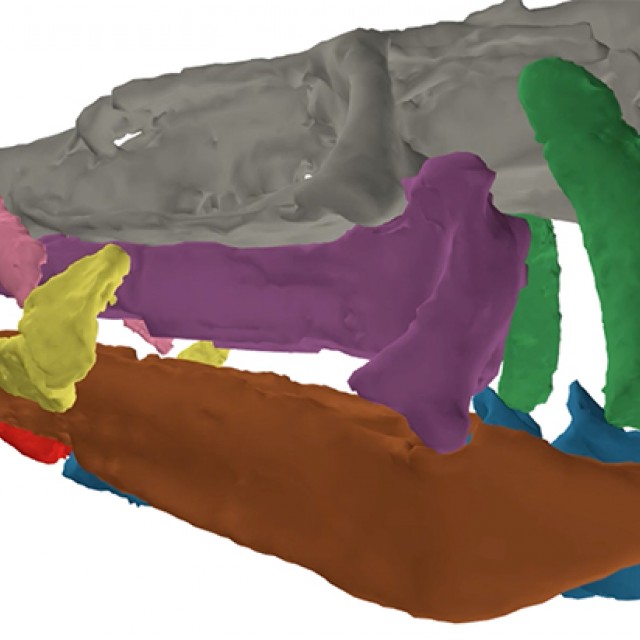
Rebuilding an Ancient Shark
3D reconstructions show how ancient sharks found an alternative way to feed
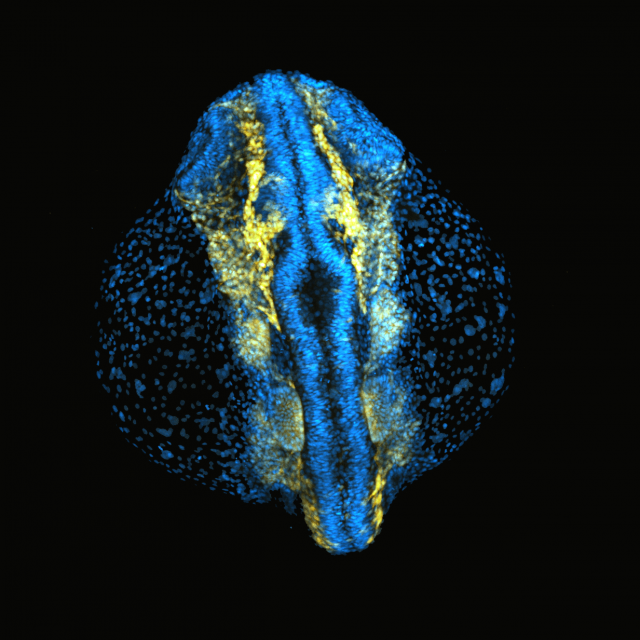
Evolution and Development
Goals of research in Evolution and Development
We study the interplay between development and evolution to understand organismal diversity. "Evo-Devo" has experienced great advances in the last three decades with the revolutionary impact of developmental genetics, systematics, and, most recently, comparative genomics. As a result, Evo-Devo has become a thriving modern science at the interface of molecular developmental biology, genomics, systematics, and paleontology that seeks to understand the mechanisms and processes of evolutionary change.
Current areas of research
- Development and evolution of vertebrates
- Evolution of developmental mechanisms in insects
- Brain evolution
- Evolution of gene regulation
Faculty & Trainers

Behavioral Neurobiology
Goals of research in Behavioral Neurobiology
The nervous system is amazingly sophisticated and versatile, allowing the organism to behave appropriately in novel situations, a versatility that far surpasses that of any artificialsystem yet devised. Using a variety of state-of-the-art molecular, neurophysiological, and behavioral techniques, we study how the brain processes sensory information and produces appropriate motor behaviors and investigate the interplay between sensory and motor processing. We also examine the development and evolutionary origins of the neocortex.
Current areas of research
- Neural basis of perception
- Neural basis of action
- Sensory-motor interactions
- Development of the nervous system
Faculty & Trainers

Comparative Biomechanics
Goals of research in Comparative Biomechanics
Biomechanics is the application of mechanical principles to the study of the forces acting on and within organisms. Our work is explicitly evolutionary: we use measurement and models of organismal morphology and behavior to study organismal design and performance in an evolutionary context.
Current areas of research
- Finite-element modeling, in vivo bone strain analysis and theoretical modeling of:
- the role of sutures in alligator mandible growth and function;
- the skulls of lizards and primates during feeding.
- Cortical control of feeding behavior in mammals.
- The evolution of rhythmicity in vertebrate locomotion and feeding.
- Morphometrics and computational modeling of vertebrate skulls.
- Evolutionary biomechanics of feeding and locomotor systems in coral reef fishes.
- Physiological and biomechanical research using synchrotron x-ray imaging
Faculty & Trainers

Integrative Neuromechanics
Neuromechanics is an important area of growth in neuroscience. The field examines the combined function of the brain in concert with the biomechanics of body movement and sensorimotor integration. Neuromechanics research has implications for both basic and applied work related to a national need in neuroscience including: (1) development of neuroprosthetics to restore abilities to amputees, (2) development of biologically-inspired designs for a range of engineering applications, and (3) increased understanding of how organisms function in changing environments, a key to understanding potential impacts of climate change on behavior, animal populations and species survival. The purpose of this program is to transform higher-level training in neuromechanics and expand the core of highly qualified candidates in this fast-moving field.
Current areas of research
- Texture and touch perception in fish and mammals
- Sensorized neuroprosthetics
- Human Brain-machine-Interfaces
Faculty & Trainers

Vertebrate Paleontology
Goals of research in Vertebrate Paleontology
We aim to understand past and present patterns of vertebrate biodiversity, to investigate factors that have shaped vertebrate evolution, to explore questions about extinctions and origins, changes in anatomy, function and development, biogeography and ecology. The astonishing record of fossil vertebrates is central to this research, and our primary data emerge from ongoing fieldwork as well as innovative use of existing collections. Of necessity, paleontology is interdisciplinary, and, in addition to widely recognized links with earth sciences, we also employ data and cutting-edge techniques from areas such as molecular systematics, developmental biology, biomechanics, biogeography, and theoretical ecology.
Current areas of research
- The origin of major vertebrate clades: reconstructing evolutionary branching events underpinning the modern vertebrate biota; exploring patterns of anatomical, functional and ecological change.
- The origins of morphological novelty: synthesizing paleontological and developmental perspectives.
- The phylogeny and biogeography of major dinosaur clades: Ornithischia, Sauropodomorpha and Theropoda
- Human Origins and paleoanthropology






